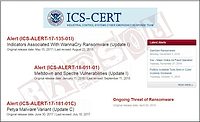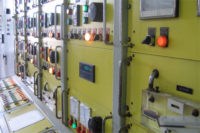
SaaS borrows its heritage from mainframes but uses Internet connectivity
Borrowing a concept from the old mainframe days, SaaS pretends to be a new concept but really harkens back to the lease or “pay as you go” concept. What’s different is the delivery vehicle-the Internet. According to John Chlopek, CEO –
According to Johann Heydenrych, director of industry solutions at itelligence Group, SaaS is an absolute reality for the future. The revenue band of companies participating in ERP selections continues to get smaller, and those companies cannot pay a substantial amount of money up front for a software implementation plus hardware, hosting and long-term support. The trend is clear, and SAP has picked up on it with its Fast Start product. The customer pays a fixed, monthly fee that incorporates the initial software costs, implementation, hosting costs and the long-term support.
“SaaS is absolutely the future,” says Paul Hernandez-Cuebas, CEO, Integrated Management Solutions. “That’s because of the new economy. People don’t want to make capital investments on servers. Why do I want to buy something that needs to be babysat, fixed and played with?” adds Cuebas.
According to Joe Buzzanga, product manager for Elsevier’s illumin8 product, SaaS is an ideal solution for researchers looking to find information faster, especially when used as a tool for open innovation. Because this research tool has the ability to reach out into the Web, as well as other multiple proprietary sources, it frees innovators from the constraints of traditional software.
In illumin8’s case, SaaS is much more user-friendly for researchers because it reduces set up time. Instead of owning patent-specific software and multiple individual journal subscriptions, users can find actionable information immediately through an off-site accessible Web-interface. This is a huge plus in today’s mobile business environment, where people in different countries can be collaborating on a project. By having a research tool that resides on the Web, team members can collaborate and share findings in real-time, no matter where they are located.
According to Peter Brandt, VP industry solution marketing, SAP, the ability to offer SaaS is critically important to reach the lower end of the marketplace. But it’s even more important for global SAP customers. A global organization has subsidiaries that are really small companies, and they can’t necessarily take the big SAP platform and deploy it globally in every location, says Brandt. Therefore, SAP has to provide the abilities for a Nestlé company with limited IT capabilities in a country like
